Here’s what 7 states say about solving the West’s water crisis

LAS VEGAS (KLAS) — The conflict between Arizona and California looms over the Colorado River as seven states make their arguments to the U.S. Bureau of Reclamation on how to manage the river.
Reclamation is working to build a new agreement as a set of rules from 2007 nears expiration. The agency has released a segment of the comments, indicating that more will come “on a rolling basis.” So far, more than 700 pages of comments have been posted on Reclamation’s website, organized by official agencies, organizations and tribes.
8 News Now is reviewing the comments in a series of reports beginning today with a look at how states and Native American tribes see the situation. You can also see more tonight on Politics Now.
Reclamation’s job is to manage dams along the river to regulate flow and make sure water is delivered to the people who are expecting it. Lake Mead and Lake Powell are integral to the task.
At Lake Mead, 1 inch equals 2 billion gallons
The contributions from federal, state and local agencies with a stake in deciding the river’s future aren’t exactly light reading. Most were written by lawyers, reminding Reclamation of its obligations to water rights previously secured. Some of states’ comments are summarized below, but it’s far from a comprehensive look at each state’s position:
ARIZONA
While each of the seven states that use Colorado River water agree that they want a collaborative solution, Arizona and California present the extremes of how to write new rules. Arizona contends that all states should share the burden of cuts in the future. But a letter from 20 Arizona water agencies, county and city governments also says that California should take the biggest hit because it’s the biggest water user. Arizona has been hit hardest by drought restrictions in recent years, and they don’t want to go through it again as the drought continues. On the topic of “system loss” — water lost to evaporation and seepage as it flows to each state — California should pay a higher price, the letter argues. About 1.5 million acre-feet of water is lost each year to evaporation and seepage. That’s more than five times the amount needed to supply Southern Nevada each year.
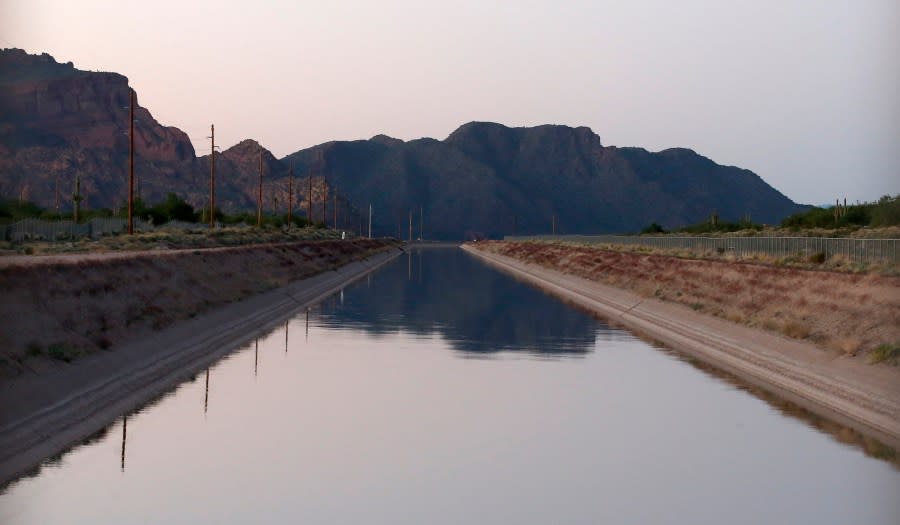
CALIFORNIA
The other side of that argument comes from farmers in California’s Imperial Valley and water agencies in Southern California. Early agreements controlling Colorado River allocations give California top priority — it’s at the top of the pecking order among the Lower Basin states — Arizona, California and Nevada. And it frequently reminds Arizona of the fact. Preserving those longstanding agreements is the most important element of California’s position on new rules coming from Reclamation. And California is probably the state most likely to take the federal government to court if they don’t approve of any new rules. At 4.4 million acre-feet per year, California is the recipient of the largest share of the river, but voluntary conservation measures are reducing use. The state came forward with a plan to sacrifice about 10% of that — 400,000 acre-feet — in October. An acre-foot is enough water to supply two to three households for a year. California and the other states oppose decommissioning Glen Canyon Dam — but California’s Imperial Valley farmers are the exception, saying recently that the idea can’t be ignored.
COLORADO
The Rocky Mountains are the source of most of the water flowing down the Colorado River. And although the 23-year “megadrought” in the Southwest has been the focus of the current crisis, some advocates in Colorado argue that the best place to store water is in reservoirs higher up in the system — even building new dams. That would not only benefit Colorado farmers, recreation and cities — it would reduce the amount of water lost to evaporation in Lake Mead and Lake Powell.
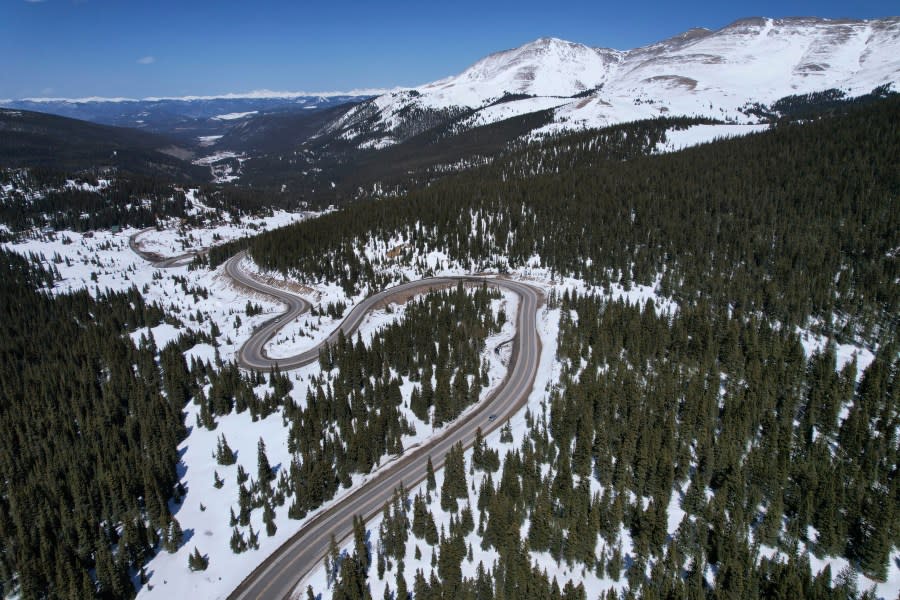
The official stance is that states in the Upper Colorado River Basin don’t want Reclamation interfering with dam operations in their states. The best solution would “address the imbalance between available supply and demand. This will require permanent Lower Basin reductions under most if not all operating conditions. One way to achieve these reductions would be to address evaporation and system losses.” Since Upper Basin states already account for those losses, the implication is that Arizona, California and Nevada should carry the load of cuts in the future. The kicker is in a letter submitted by the Upper Colorado Colorado River Commissioner/Colorado Water Conservation Board: Post-2026 operations must “recognize that Lower Basin overuse is unsustainable and puts the entire system at risk.”
NEVADA
Nevada continues to have an important voice, but it has a very small claim on water from the river — currently 275,000 acre-feet, although it’s on pace to use less than 80% of that amount this year. That’s enough to supply 90% of the Las Vegas valley’s water, but the city continues to grow. “Nevada’s focus right now includes ensuring that the seven states continue to cooperate and collaborate as they negotiate to reach consensus on the new operating guidelines for the river over the coming years,” according to Bronson Mack, outreach manager for the Southern Nevada Water Authority (SNWA).
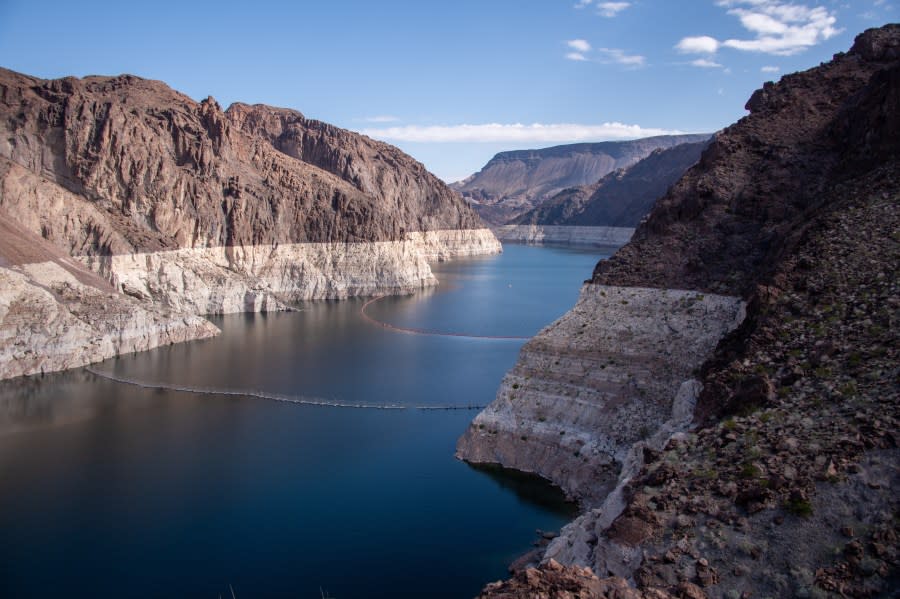
“We believe that it will be important to develop long-term, durable solutions that enhance the health of the Colorado River system, protect water supplies for health, safety and welfare, and build consensus that results in all sectors using less water,” Mack said. Nevada has become one of the strongest voices for conservation and recycling, reducing water use each year even as the population grows. SNWA remains aggressive in reducing residential water use, even putting in place the authority to limit actual water use by households if higher rates don’t do the trick. That authority would only be available under extreme drought restrictions. Here’s the letter submitted by the Lower Basin states:
Lower-Colorado-River-Basin-09082023Download
NEW MEXICO
The state receives about three times Nevada’s share of the river and is among the voices saying the Lower Basin states should bear the brunt of future cuts. New Mexico cautions about climate change, and says the next agreement has to be shorter, or provide “offramps” when significant change is necessary. “The guidelines for Post-2026 Operations must be interim in nature. While the precise length of that interim period is subject to debate, the recent past has demonstrated that we cannot accurately anticipate what hydrology and climate will be in 20 years,” officials said. New Mexico also targets system losses in the Lower Basin.
UTAH
For officials with the Central Utah Water Conservancy District, the problem seems simple: supply and demand. And the solution is similarly simple: “Shortages in greater volumes and at higher Lake Mead elevations must be assessed against Lower Basin uses in the future to address the system imbalance.” In the same breath, Utah argues for Post-2026 operations that “do not favor one basin over another.” In many ways, Utah’s official comments mirror those of other official organizations — it’s a problem for Reclamation to solve, and they need to recognize our longstanding rights.
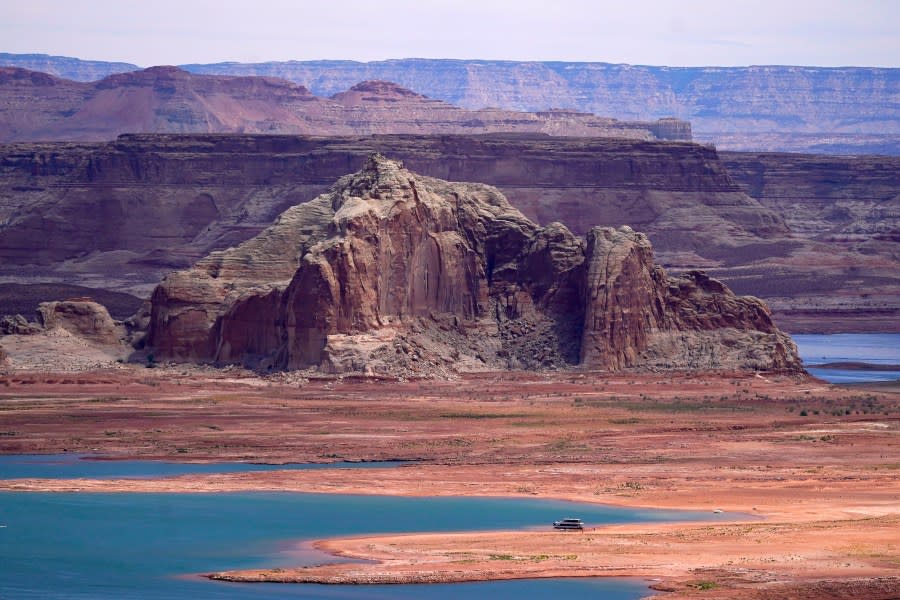
WYOMING
The Wyoming State Engineer’s Office echoes other statements that cast a 2007 agreement as inadequate, pointing to the recent need to adjust reservoir operations beyond rules provided 20 years ago. Wyoming doesn’t want Reclamation interfering with water operations in the state, and addresses the threat of lawsuits: “We must encourage all parties to address future controversies on the Colorado River through consultation and negotiation before resulting to litigation. The importance of that lesson will intensify in times of water supply scarcity.”
Some common themes in the letters submitted by the states and their water agencies include urging Reclamation to make the coming changes an “interim” agreement. States say tools must be available to adjust the agreement if new problems arise or the drought deepens further than even the most dire predictions.
LETTERS FROM TRIBES
More than 15 tribes submitted comments — many similarly detailed in comparison to the carefully worded letters from water agencies in the seven states. But some of the comments had a down-to-earth approach that drove home the tribes’ thoughts on the matter.
“As indigenous people, we recognize the inextricable connection to the land and water, which brings a profound sense of balance and responsibility,” the letter from the Jicarilla Apache Nation said.
The Quechan Tribe on the Fort Yuma Indian Reservation said, “As we have previously explained to you the Colorado River has been the lifeblood of the Quechan people since time immemorial, and we have a deep and abiding responsibility to be good stewards of the River — for the Tribe and its members, for the species and ecosystems that it sustains and for the benefit of our fellow tribes and non-Indian neighbors throughout the entire Colorado River (Basin). The development of the next management framework for the (basin) will profoundly affect all of these interests. It is therefore critical that we get this EIS process right both in process and in substance.”
The unique nature of tribal governments in the U.S. carries a commitment to honor agreements beyond water rights contracts. Tribes invoke their standing and at least one — the Tohono O’odham Nation — pointed out past failures to include them in the 2007 agreement.
The Navajo Nation said it hasn’t been consulted on emergency releases at Glen Canyon Dam.
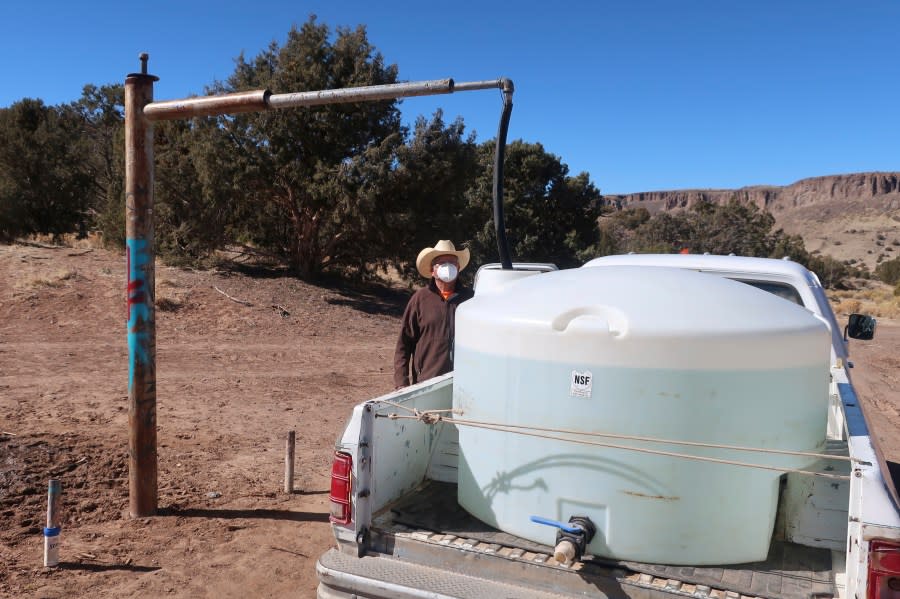
A letter from the Colorado River Indian Tribes (CRIT) made a crucial point on the subject of evaporation and system loss. “The water rights allocation of the Colorado River Indian Tribes is not subject to an assessment of system losses,” CRIT Attorney General Rebecca Loudbear said.
“Climate change has resulted in less water within the Colorado River. But, it is the use of that water that is causing the current crisis. We must all contribute to save the life of the River and our contributions of water should be used to maintain the River’s life,” Loudbear said.
The Southern Ute Indian Tribe cites a study by the Colorado River Ten Tribes that claims tribes hold rights to about 2.8 million acre-feet from the Colorado and its tributaries.
Other tribes and organizations represented in 90 pages of comments included the Gila River Indian Community, the Upper Basin Dialogue group, the Pascua Yaqui Tribe, the San Luis Rey Indian Water Authority, the Ute Mountain Ute Tribe and the Yavapai-Apache Nation.
COMING SUNDAY: Glen Canyon Dam, desalination, St. George
For the latest news, weather, sports, and streaming video, head to KLAS.

